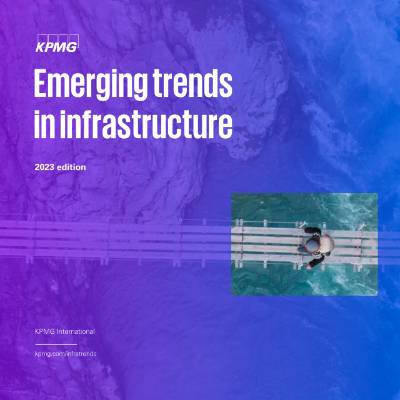What is infrastructure really? In the past, it was pretty easy to identify. Infrastructure was stuff that governments built in order to deliver on citizens needs and policy agendas. Now those lines are blurring. Infrastructure is no longer the remit of government alone. It does not always deliver on citizen needs or policy agendas. In many cases, the lines between sectors are rapidly blurring.
Many of the traditional energy majors, for example, now see themselves as technology, mobility, energy and infrastructure players.1 Big tech firms are positioning themselves as connectivity providers and - in the metaverse - service providers.2 Even old school infrastructure is getting in on the game. Fiber, power lines and other pieces of kit are being integrated into roads. Schools are doubling as community centers, cooling stations and flood protection. The concept of 'infrastructure' is broadening to be much more about serving the needs of society than delivering a specific asset. This is good.
Instead of an increasingly centralized and overlapped future reality, we also see another option where infrastructure investors, operators and owners shift towards collaborative, evolving partnerships and ecosystems - flexible federations of organizations working together on clear outcomes and use cases. Partnerships tend to see two parties working together to achieve a specific outcome. These federations can instead prioritize fluidly combining capabilities in order to better respond to citizen needs.
Given all of the trends we have raised in this report - the shift to issue-specific alliances, changing supply chain expectations, rising economic uncertainty, unsolved questions about existing assets, digitization and the shift to the Age of Mass Customization, encouraging this type of flexible federation of capabilities may prove to be the only way that governments may be able to execute on their agendas. They certainly can't do it alone. And jumping into bed with one big partner to the exclusion of others has proven to be unpopular with citizens who worry about who is controlling their infrastructure.
What is clear is that the definition of infrastructure is evolving. The competitive landscape is rapidly changing. Governments are no longer the sole purveyor of infrastructure. There will likely be implications for everyone in the sector.
Get in touch
Connect with us
- Find office locations kpmg.findOfficeLocations
- kpmg.emailUs
- Social media @ KPMG kpmg.socialMedia



